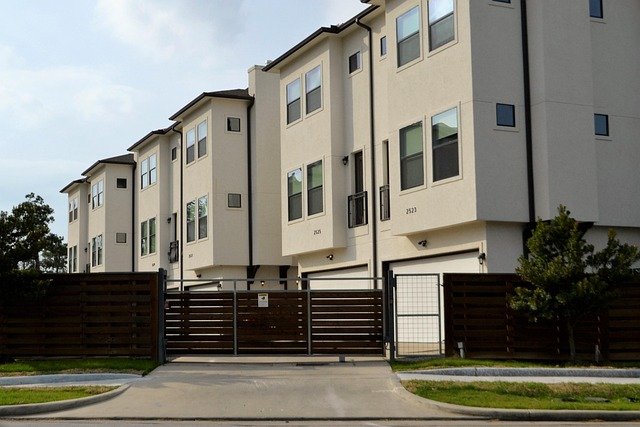Micropolitan Markets: The Next Frontier in Real Estate Investment
Introduction: In the ever-evolving landscape of real estate, a new trend is emerging that's catching the eye of savvy investors and homebuyers alike. Micropolitan areas, defined as urban clusters with populations between 10,000 and 50,000, are becoming increasingly attractive options in the property market. This shift presents unique opportunities and challenges for those looking to diversify their real estate portfolios or find more affordable housing options.

The Appeal of Micropolitan Real Estate
One of the primary draws of micropolitan areas is affordability. With lower land costs and less competition, properties in these markets often come with more attractive price tags compared to their big-city counterparts. This affordability extends beyond just purchase prices; the cost of living in micropolitan areas is typically lower, making them appealing to a wide range of buyers, from young families to retirees.
Additionally, micropolitan areas often boast a higher quality of life. Reduced traffic, lower crime rates, and closer-knit communities are common features. Many of these areas also offer easy access to outdoor recreational activities, which has become increasingly important to homebuyers in recent years.
Economic Drivers in Micropolitan Markets
The economic landscape of micropolitan areas is diverse and evolving. Many of these regions are home to niche industries or specialized manufacturing sectors. Some are developing as tech hubs, attracting remote workers and small startups looking for lower operational costs. Others are benefiting from the expansion of healthcare facilities or educational institutions.
This economic diversity can translate into stability for real estate investors. Unlike larger cities that may be heavily dependent on a single industry, micropolitan areas often have a more balanced economic base, potentially offering more resilience during economic downturns.
Investment Strategies for Micropolitan Real Estate
Investing in micropolitan real estate requires a different approach compared to traditional urban markets. One strategy gaining traction is the development of mixed-use properties. These projects, which combine residential, commercial, and sometimes light industrial spaces, can serve as catalysts for further growth in the area.
Another potential avenue for investors is the renovation and repurposing of existing structures. Many micropolitan areas have underutilized historic buildings that can be transformed into unique living or working spaces, capitalizing on the growing demand for character-rich properties.
Challenges and Considerations
While micropolitan markets offer numerous opportunities, they also come with unique challenges. The smaller scale of these markets can mean less liquidity, potentially making it harder to sell properties quickly. Additionally, the success of investments in these areas can be more closely tied to the fortunes of a few key employers or industries.
Infrastructure is another important consideration. Some micropolitan areas may lack the robust public transportation or high-speed internet connectivity found in larger cities. Investors and homebuyers need to carefully assess these factors and their potential impact on property values and quality of life.
The Future of Micropolitan Real Estate
As remote work becomes more prevalent and people seek alternatives to dense urban living, micropolitan areas are poised for growth. This trend could lead to increased demand for both residential and commercial properties in these markets.
However, this growth must be managed carefully. Successful micropolitan development will require thoughtful urban planning to maintain the character and quality of life that makes these areas attractive in the first place. Investors and developers who can navigate this balance may find significant opportunities in these emerging markets.
Conclusion
Micropolitan real estate represents a compelling frontier for investors and homebuyers alike. These markets offer a unique blend of affordability, quality of life, and economic potential. As the real estate landscape continues to evolve, micropolitan areas may well become key players in shaping the future of property investment and development. For those willing to look beyond traditional urban centers, these smaller urban clusters could provide fertile ground for innovation and growth in the real estate sector.





